Introduction
Longan, scientifically known as Dimocarpus longan, is a tropical and subtropical fruit native to southern China and Southeast Asia. Its sweet and juicy flesh, enclosed within a tough, brownish-red shell, makes it a highly prized delicacy worldwide. However, like many fruits, longan’s freshness directly impacts its taste, nutritional value, and overall eating experience. Identifying fresh longan fruits can be somewhat tricky, especially for those unfamiliar with the nuances of this exquisite fruit. This article aims to provide a comprehensive guide on how to recognize and select fresh longan fruits, ensuring that your culinary endeavors or healthy snacks are always a delight.
Understanding Longan Varieties
Before diving into the specifics of identifying freshness, it’s crucial to understand the various types of longan available. The most common varieties include:
- Shixia Longan: Known for its large size, thick shell, and sweet flavor.
- Fuyi Longan: Smaller in size but with a thinner shell and a delicate sweetness.
- Dongbi Longan: Characterized by its oval shape, smooth shell, and rich aroma.
- Shicheng Longan: Renowned for its early ripening, crisp texture, and moderate sweetness.
Each variety has its unique characteristics, but the principles for identifying freshness remain largely consistent across all types.
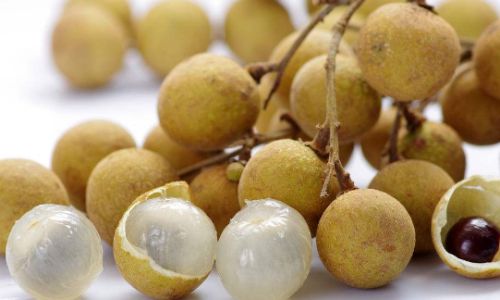
Visual Inspection: The First Line of Defense
-
Shell Color and Texture
- Fresh longan shells should have a uniform, dark reddish-brown hue. Avoid fruits with patches of mold, discoloration, or an overly dull appearance.
- The shell should feel slightly rough to the touch, indicating that it is mature and well-developed. Smooth, shiny shells might suggest that the fruit is either underripe or overripe.
-
Shape and Size
- While size and shape can vary by variety, fresh longans generally have a full, rounded shape without any visible deformities. Avoid fruits that are misshapen, cracked, or have soft spots.
- A uniform size within a batch is also a good indicator of quality, as it suggests consistent ripening conditions.
-
Stem and Eyes
- The stem attached to the longan should be fresh and green, indicating that the fruit was recently picked. Dry, brittle stems or those with mold indicate that the fruit has been on the shelf for too long.
- The “eyes” or small openings on the shell should be clean and free of debris. Any signs of moisture or mold around these areas are red flags.
Olfactory Assessment: Aroma Matters
The aroma of a longan can reveal much about its freshness. Fresh longans have a subtle, sweet fragrance that is inviting and pleasant. If a longan smells overly strong, fermented, or has no aroma at all, it is likely not fresh. A musty or moldy smell is a clear indication that the fruit has spoiled and should be avoided.
Tactile Examination: Feel the Difference
-
Firmness
- Gently squeeze the longan. It should feel firm but not hard. Overripe longans will give in too easily, while underripe ones will feel too solid.
- Avoid fruits that have soft spots or feel mushy, as these are signs of decay.
-
Shell Flexibility
Gently press the shell with your thumbnail. A fresh longan’s shell will give slightly but spring back into shape. A shell that cracks or feels brittle is a sign of aging.
Opening the Longan: A Final Check
If visual, olfactory, and tactile inspections are inconclusive, you can take the final step of opening the longan to inspect its flesh. Use a sharp knife or your thumbnail to carefully peel away the shell.
-
Flesh Color
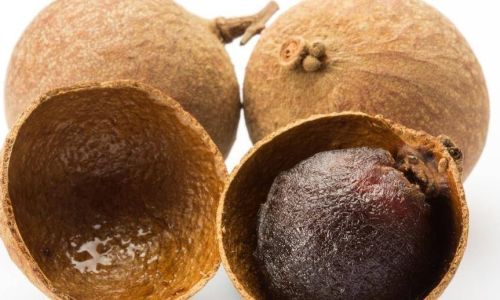
Fresh longan flesh should be translucent to pale white, with a slight golden hue in some varieties. Avoid fruits with discolored flesh, especially those with brown or black spots.
-
Juiciness
Fresh longans should be juicy. If the flesh feels dry or lacks moisture, the fruit is likely overripe or has been stored for too long.
-
Texture
The flesh should be firm but tender, with a slight give when pressed. Avoid fruits with mushy or stringy textures, as these are signs of poor quality.
Storage and Shelf Life
Understanding how to store longans properly can extend their freshness. Fresh longans should be kept in a cool, dry place away from direct sunlight. Refrigeration can help maintain freshness for a few days, but be sure to wrap them loosely in paper towels to absorb excess moisture.
Longans have a relatively short shelf life, even under optimal conditions. Ideally, consume them within a few days of purchase. If you notice any changes in aroma, texture, or appearance, it’s best to discard the fruit to avoid potential health risks.
Conclusion
Identifying fresh longan fruits involves a combination of visual, olfactory, and tactile inspections. By paying attention to the shell’s color, texture, and condition; the fruit’s aroma; and its firmness and juiciness, you can ensure that you select only the best longans for your enjoyment. Remember, fresh longans are not only a delight to eat but also packed with nutrients that can benefit your health. With this guide, you’ll be able to savor the sweetness of fresh longans every time you make a selection.
In addition to these tips, always buy longans from reputable vendors who prioritize quality and freshness. Asking questions about the origin, variety, and storage conditions of the longans can also provide valuable insights. By taking these steps, you’ll be well-equipped to enjoy the full flavor and nutritional benefits of this exquisite fruit.
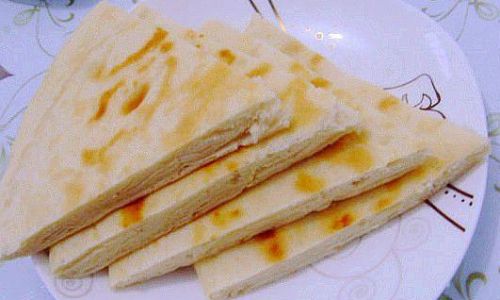
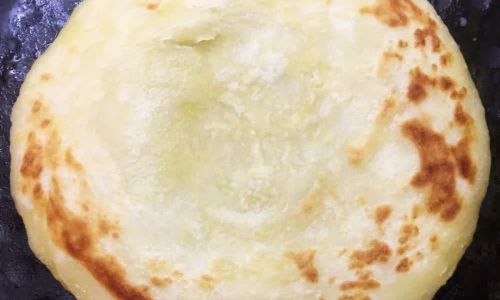
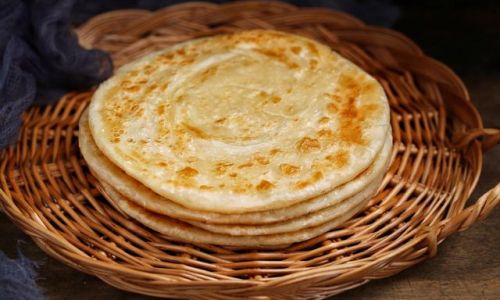

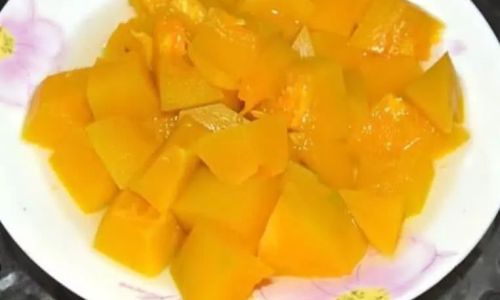
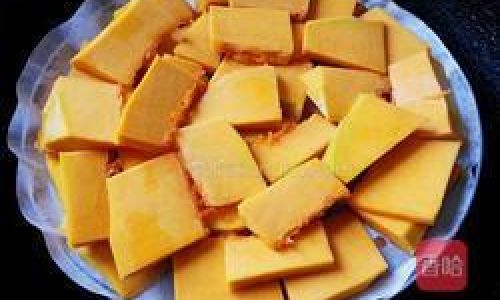
0 comments